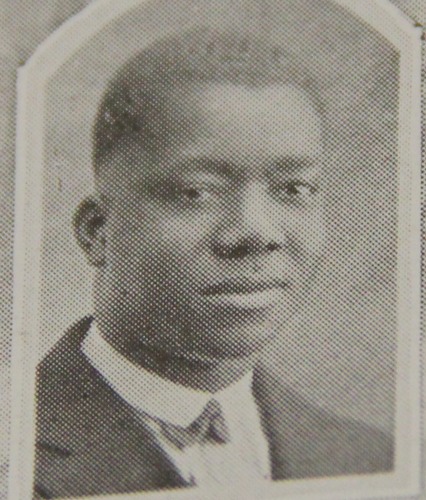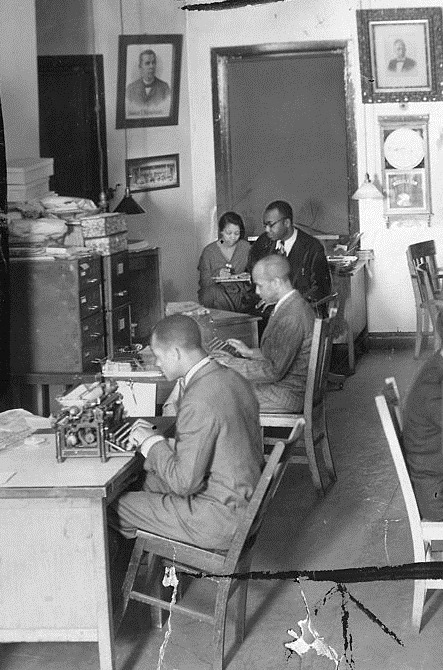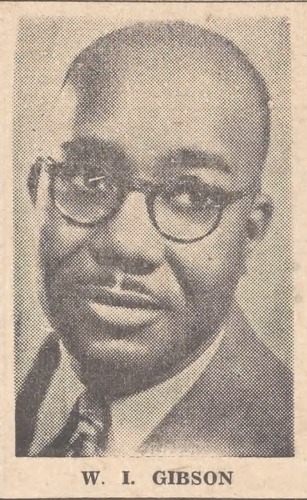Jim Crow Museum
1010 Campus Drive
Big Rapids, MI 49307
[email protected]
(231) 591-5873
Why is the Jim Crow Museum at Ferris State University?
We have heard that question many times. It is likely that many of the people who have asked that question are unaware of the social justice work of Woodbridge Nathan Ferris, our founder. He was a true visionary and ardent supporter of education for all people, including students of color.
From 1910 through 1928, a number of African American students attended Ferris Institute; many of them came from Hampton Normal and Agricultural Institute (known today as Hampton University). They came to Ferris to take college preparatory courses. Some remained to complete degrees; others left and completed their degrees at other northern universities. Among this collection of young African American students were men who later would serve as editors of national newspapers, argue cases before the United States Supreme Court and advise presidents and civil rights leaders. Those Hampton-Ferris students changed the lives of many and the direction of a nation. In the coming months we will share stories about some of these pioneering African Americans who attended the Ferris Institute.

William “Bill” Gibson attended Hampton Institute from 1917 to 1918; he attended the Ferris Institute in 1922. After Ferris, Gibson attended Ohio State University where he earned a bachelor’s and master’s degrees (Gibson, Thesis 1927). Gibson was also one of the first African Americans to receive a master’s degree from the Columbia University School of Journalism (Afro-American, Aug. 28, 1976).
Gibson was a lifelong newspaper journalist. He began his journalism career with the Norfolk Journal and Guide in Norfolk, Virginia (Omega Chapter, 1976, pg. 70). Gibson was also an early contributor and on the editorial board of the Alpha Phi Alpha magazine, the Sphinx.
William I. Gibson began writing as a journalist for the Baltimore Afro-American in 1927 and stayed with the publication for over 25 years (Afro-American, Aug. 28, 1976). He started as a sport writer and soon became the sports editor for the paper. Gibson wrote a sports column “Hear Me Talkin’ to Ya” for a number of years and an entertainment column “Nobody’s Business” for the Afro-American (Significant Alpha News, 1930 pg. 20). He served as sports editor for the Afro-American until 1934—at which time he was promoted to managing editor (Afro-American, Dec. 23, 1944). Gibson covered the Baltimore Black Sox and Hall of Famers such as Jud Wilson, Satchel Paige and boxing great Joe Louis. Later, he later became the executive editor, a position he held until 1952.


Gibson was also a contributor to W.E.B. Du Bois’ publication, The Crisis. In 1934, he wrote a two part series reviewing the football season at African American institutions (Gibson, 1934, pg. 363). In 1938, Gibson collaborated with Carl Murphy and William N. Jones to write an article about the history of the Baltimore Afro-American weekly newspaper (Murphy, C., Jones, W. N., & Gibson, W. I., 1938).
In 1952, Gibson left the Afro-American and became the executive editor for Johnson Publishing, the company that published Ebony, Jet, and Tan magazines. He also became a professor of English and Journalism and director of public relations at Morgan State University. In 1954 he became director of public relations for Bennett College (The New York Age, Nov. 201, 1954). In 1966, Gibson accepted a position as copy editor for the Baltimore-based News American until his retirement in 1974.
Gibson married Ivora King who was also an accomplished journalist. Ivora (Ike) King was one of the few early women sports writers. She had a column called “Women in Sports” that ran in the Baltimore Afro-American from 1931-1932 where columns written by women gave “voice to African American female perspectives on sport related topics, often asserting, what they deemed, women’s rightful place in the athletic arena” (Liberti, R. pg. 5-6, 2014).).
William I. (Bill) Gibson was an accomplished journalist and editor for one of the most influential newspapers in the United States, the Baltimore Afro-American, and for some of the most popular African American magazines in the country, Ebony, Jet, and Tan. He was a well-respected and multi-faceted journalist who had an amazing career. We at Ferris State University are honored and proud to have William Gibson as an alum.
Franklin Hughes and David Pilgrim
Jim Crow Museum
2017
Bill Gibson Buried Thursday. (1976, August 28). The Baltimore Afro-American.
Gibson, W. I. (1934, December). The Old Football Rulers Pass. The Crisis, 41(12), 363.
W.I. Gibson Made Editor; Others Promoted. (1944, December 23). The Afro-American.